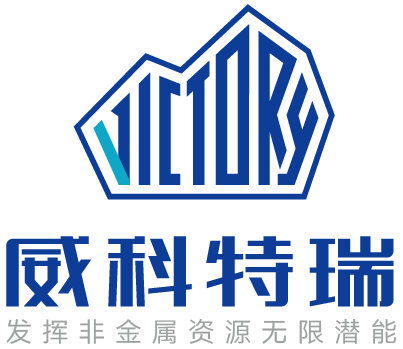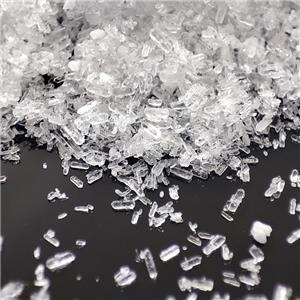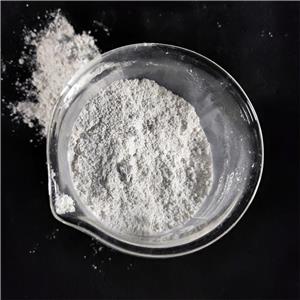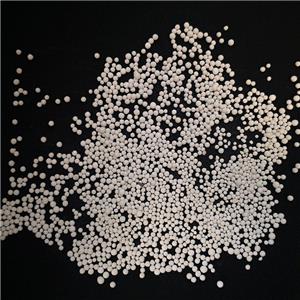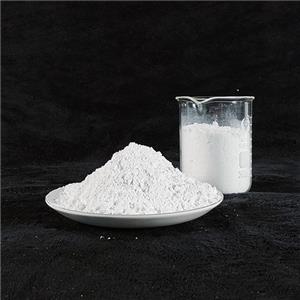Talc masterbatch: the preferred filler for reinforcement and heat resistance of PP, PE, ABS and other materials-2
Application areas
Ultrafine talc masterbatch is mainly used in plastic industries such as PP, PE, PO, PS, and ABS. Due to its excellent performance in improving material properties, it has become an important means of modifying various materials. Its application in various fields is introduced in detail below.
Application in polyethylene blown film
Adding ultra-fine talc masterbatch (1250 mesh, 2500 mesh) to injection molding-grade high-density polyethylene composite materials can not only significantly improve the material properties, but also effectively increase its tensile strength. Tests show that when the addition amount of talc masterbatch is 10%, the tensile strength reaches the maximum value; even if the addition amount increases to 30%, the material can still maintain the original tensile strength, and the impact strength also increases slightly.
For polyethylene blown films, talc masterbatch is superior to other fillers and has good formability and processability. The modified film has the following outstanding advantages:
The oxygen transmission rate is reduced by 80%: it is very suitable for packaging oil-containing foods (such as peanuts, broad beans, etc.), effectively avoiding oil spillage and food deterioration.
The water vapor transmission rate is reduced by 70%: It has excellent moisture-proof performance and is suitable for underground geotextile moisture-proof cloth. It is also very suitable for packaging ham, sausage, cheese and other foods.
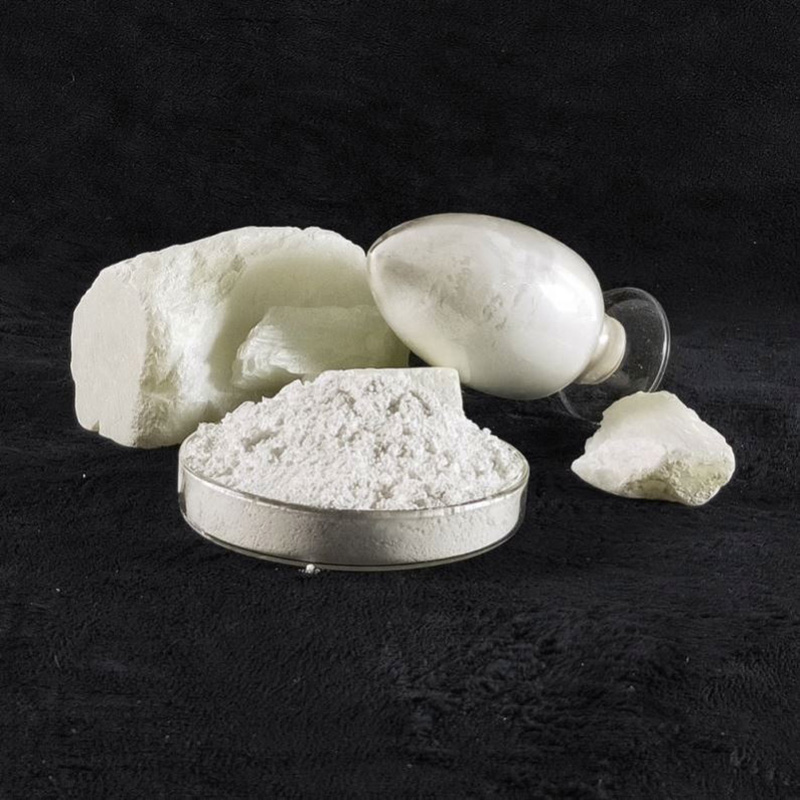
Application in ABS resin
The ultra-fine talc masterbatch is prepared through a special process and has excellent dispersion and uniformity, which can significantly improve the comprehensive performance of ABS resin. ABS resin is an amorphous polymer that combines the excellent molding and processing properties of polystyrene, showing high impact strength, low temperature resistance and dimensional stability. This makes it widely used in injection molding of instrument casings, TVs, mobile phones, radio cassettes, etc., as well as textile equipment, electrical parts, automobile parts, aircraft parts and other fields.
In terms of ABS modification, the effect of adding talc masterbatch is particularly significant. For example:
ABS and PVC blend materials can be used to make automobile dashboard blister sheets and imitation leather luggage fabrics. They not only have high strength and toughness, but can also significantly improve the durability of surface patterns.
When 5-15% talc masterbatch or ultra-fine calcium carbonate is added, the notched impact strength of the material is increased to 2-4 times the original.
Since ABS, as an amorphous polymer, can accommodate more fillers, adding ultrafine talc masterbatch can significantly improve its mechanical properties and reduce production costs.
